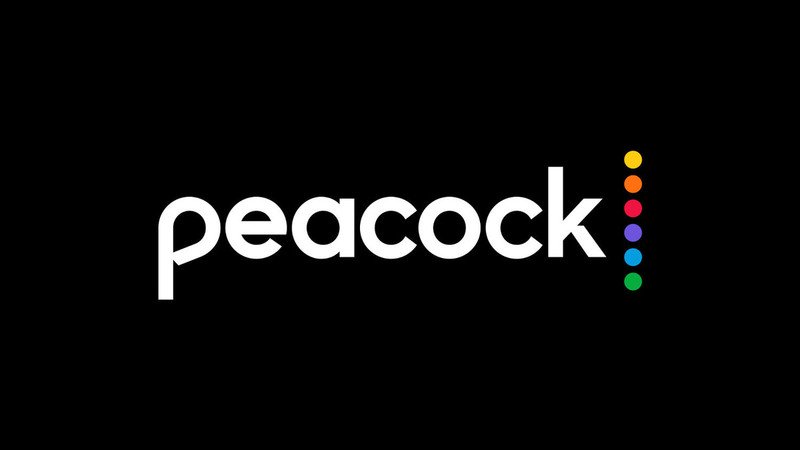NBC's Peacock streaming service may be free to use (with ads)
A first in the streaming world

• NBC is planning on entering the streaming space with its own platform, named after its famous peacock logo.
• The company is reportedly mulling over making the service free to use.
• An ad-free tier will be made available for an additional cost.
The Peacock Company is looking to contend with Netflix and WarnerMedia with its own streaming service, cheekily named Peacock. Set to feature 15,000 hours of content, including new originals and fan favorites like The Office and Parks and Recreation, the service will roll out in April.
What might make Peacock really stand out from the increasingly crowded on-demand streaming space is how NBC is planning on monetizing its offering. CNBC reports that execs at the company are currently mulling over making the base product free for all, with the company showing anywhere from three to five minutes of ads per hour of programming. This would make it the first major player in the streaming space to go down the freemium route.
This would also be the case for existing cable subscribers, with Peacock potentially offering multi-stratified tiers to provide its existing cable customers added value, despite relegating them to the free, ad-supported version of Peacock. Of course, should they wish to get rid of advertisements entirely, there will be a premium paid tier that allows customers to do so.
The move is likely a nod to both Disney and WarnerMedia's relatively stronger portfolios. Even though Peacock will offer 15,000 hours of content compared to HBO Max's 10,000 at launch, as WarnerMedia discussed in its own announcement, HBO Max has a focus on quantity over quality. So, while Peacock offers 50% more hours of content, it simply does not have the clout of something like Game of Thrones to effectively compete with other services. Thus, making Peacock free with ads likely represents NBC's greatest chance at success, allowing it to build up a massive subscriber base without having to pour the billions into original programming that its competitors are willing to part with to beef up their subscriber counts.

Streaming Heavyweight
If you are looking to cut the cord and move over to the new world of streaming, NVIDIA's Shield TV refresh has everything you need to have a great streaming and gaming experience, all in a handy tube you can hide pretty much anywhere.
The latest updates, reviews and unmissable series to watch and more!

